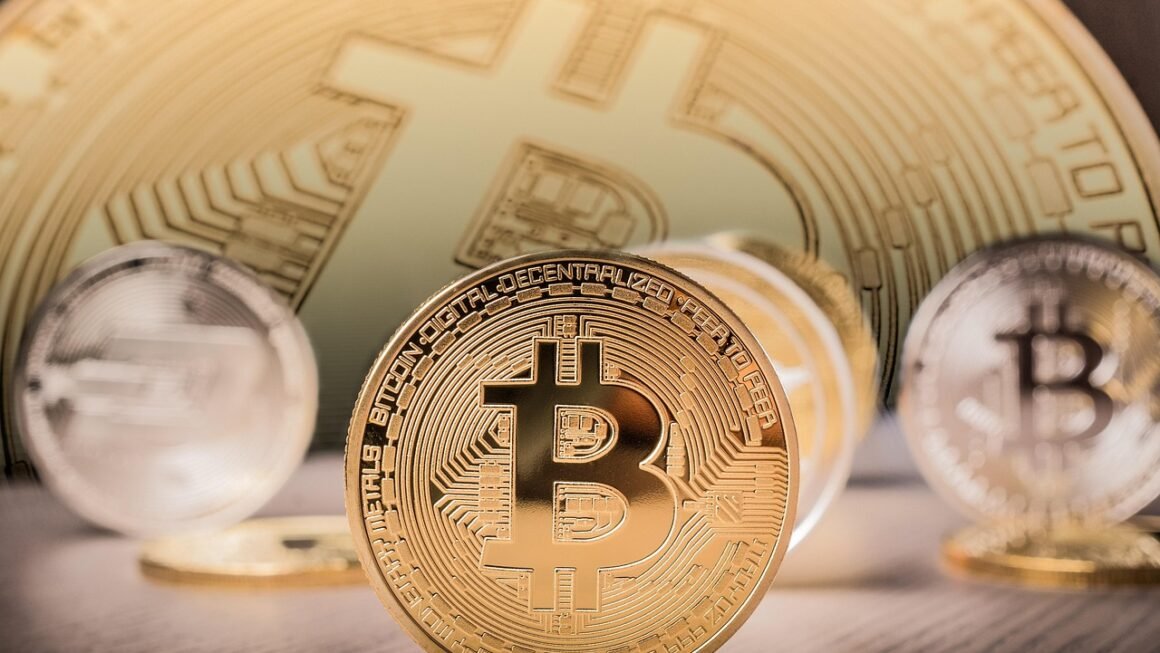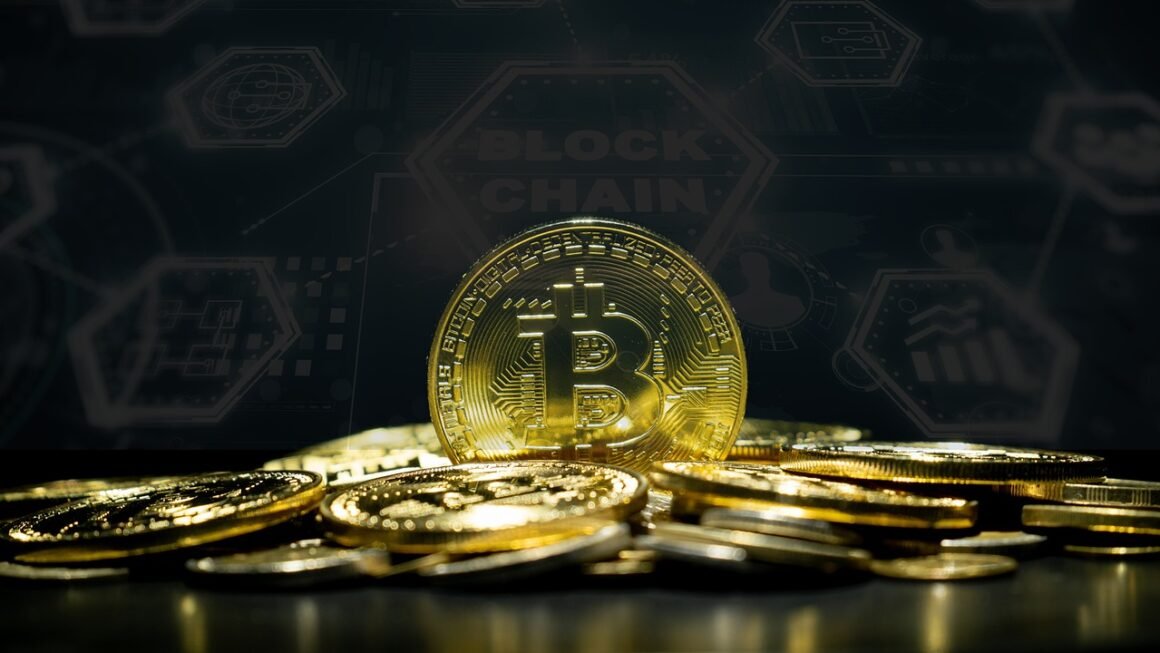Imagine sending a letter, but needing to pay a fee to the post office for them to actually deliver it. That’s essentially what gas fees are in the world of blockchain. They’re the costs associated with performing a transaction on a blockchain network, and understanding them is crucial for anyone interacting with decentralized applications (dApps), trading cryptocurrencies, or participating in the exciting world of Web3. But why do they exist, how are they calculated, and how can you minimize them? Let’s dive in.
Understanding Gas Fees: The Fuel of the Blockchain
What are Gas Fees?
Gas fees are payments made by users to compensate for the computing energy required to process and validate transactions on a blockchain. Think of it as the “fuel” that powers the network. These fees are typically paid in the native cryptocurrency of the blockchain, such as ETH on the Ethereum network. Miners or validators receive these fees as an incentive to include the transaction in a block and add it to the blockchain. Without gas fees, the network would be vulnerable to spam transactions and denial-of-service attacks.
Why are Gas Fees Necessary?
Gas fees serve several important purposes:
- Incentivize Validators: Gas fees provide a financial incentive for validators (or miners in Proof-of-Work systems) to prioritize and include transactions in blocks.
- Prevent Spam: High gas fees discourage malicious actors from flooding the network with low-value or spam transactions, ensuring network stability.
- Resource Allocation: They act as a pricing mechanism that allocates computational resources on the blockchain based on demand. Transactions requiring more computational power (like deploying a complex smart contract) will naturally cost more in gas.
- Network Security: By requiring users to pay for computational resources, gas fees contribute to the overall security of the blockchain, making it more expensive to launch attacks.
Different Blockchain Approaches to Gas Fees
Different blockchains handle gas fees in slightly different ways. Ethereum, for instance, uses a system where users set a gas limit and a gas price. The gas limit is the maximum amount of gas the user is willing to spend on the transaction, and the gas price is the amount of ETH they are willing to pay per unit of gas. If the transaction uses less gas than the limit, the unused gas is refunded. Other blockchains, like Solana, use a different fee structure with lower and more predictable fees, but can have different trade-offs regarding network congestion. It’s important to research the specific gas fee mechanism for the blockchain you are using.
Factors Influencing Gas Fee Prices
Network Congestion
The primary driver of gas fee fluctuations is network congestion. When the blockchain is experiencing high transaction volume, demand for block space increases, leading to higher gas prices. During periods of low activity, gas fees tend to be lower. Think of it like rush hour on a highway – the more cars there are, the longer it takes (and the more expensive it becomes) to get where you’re going.
Transaction Complexity
The complexity of a transaction also affects the gas fee. Simple transactions, such as sending cryptocurrency from one wallet to another, require less computational resources and therefore cost less gas. More complex transactions, like deploying smart contracts or interacting with DeFi protocols, involve more computations and require higher gas fees.
Block Size and Gas Limit
The block size and the gas limit of each block also play a role. Each block has a maximum amount of “gas” it can contain. If the demand for block space is high, users will need to bid higher gas prices to get their transactions included in a block. Increasing the block size or gas limit could lower gas fees, but this comes with potential drawbacks, such as increased bandwidth requirements for nodes and potential security risks.
EIP-1559 (Ethereum)
Ethereum’s EIP-1559 upgrade introduced a base fee that is algorithmically adjusted based on network congestion. Instead of a purely auction-based system, this base fee is burned (removed from circulation), which can potentially reduce volatility and make gas fee estimation more predictable. Users can also include a “priority fee” (or “tip”) to incentivize validators to include their transactions quickly.
How to Estimate and Minimize Gas Fees
Using Gas Trackers and Estimators
Several tools and websites are available to help you estimate gas fees in real-time. These gas trackers monitor network congestion and provide recommended gas prices for different transaction speeds. Some popular examples include:
- Etherscan Gas Tracker: Shows current gas prices on the Ethereum network.
- Blocknative Gas Platform: Provides real-time gas price predictions and alerts.
- GasNow: Displays real-time gas prices based on network conditions.
Using these tools allows you to strategically time your transactions for periods when gas fees are lower.
Optimizing Your Transactions
You can also minimize gas fees by optimizing your transactions:
- Batch Transactions: If possible, combine multiple transactions into a single transaction to save on gas.
- Use Off-Peak Hours: Perform transactions during periods of low network activity, such as late at night or early in the morning.
- Consider Layer-2 Solutions: Explore using Layer-2 scaling solutions like rollups (e.g., Optimism, Arbitrum) or sidechains (e.g., Polygon), which offer lower gas fees than the main blockchain.
- Understand Smart Contract Code: If you are interacting with smart contracts, understand the gas costs associated with different functions. Sometimes, choosing a different function or performing the same action in a different way can significantly reduce gas costs.
Setting Gas Limits and Prices Wisely
When submitting a transaction, it’s crucial to set an appropriate gas limit and price. A gas limit that is too low will cause the transaction to fail, and you’ll still lose the gas spent. A gas price that is too low may result in the transaction being stuck and never confirmed.
- Start with the recommended gas price: Use a gas tracker to determine the current recommended gas price for a fast transaction.
- Adjust based on urgency: If you’re not in a hurry, you can set a lower gas price and wait for a period of lower network activity.
- Monitor transaction status: After submitting the transaction, monitor its status on a block explorer like Etherscan. If it’s taking too long, you may need to replace (cancel) the transaction with a higher gas price.
The Future of Gas Fees and Blockchain Scalability
Layer-2 Scaling Solutions
Layer-2 scaling solutions are a key component in addressing the high gas fee problem. These solutions operate “on top” of the main blockchain and process transactions off-chain, significantly reducing gas fees and improving transaction throughput. Examples include:
- Rollups (Optimistic and ZK-Rollups): Aggregate multiple transactions into a single transaction on the main chain, reducing gas costs for individual users.
- Sidechains: Independent blockchains that run parallel to the main chain and have their own consensus mechanisms.
- State Channels: Allow parties to transact off-chain and only submit the final state to the main chain.
Blockchain Sharding
Blockchain sharding is a more complex scaling solution that involves dividing the blockchain into smaller, more manageable pieces called “shards.” This allows the network to process transactions in parallel, increasing throughput and reducing gas fees.
Proof-of-Stake (PoS) and Other Consensus Mechanisms
The consensus mechanism used by a blockchain can also impact gas fees. Proof-of-Stake (PoS) systems, which are more energy-efficient than Proof-of-Work (PoW) systems, generally have lower gas fees. Other consensus mechanisms, such as Delegated Proof-of-Stake (DPoS), can also contribute to lower fees and faster transaction times.
Conclusion
Gas fees are an integral part of blockchain technology, serving as a vital mechanism for network security, resource allocation, and validator incentivization. While they can sometimes be a barrier to entry for new users, understanding how they work and how to optimize your transactions can significantly reduce costs. With the ongoing development of Layer-2 scaling solutions and other advancements, the future of gas fees looks promising, paving the way for a more scalable and accessible blockchain ecosystem. By staying informed and utilizing available tools, you can navigate the world of gas fees with confidence and participate fully in the exciting world of decentralized finance and Web3.



